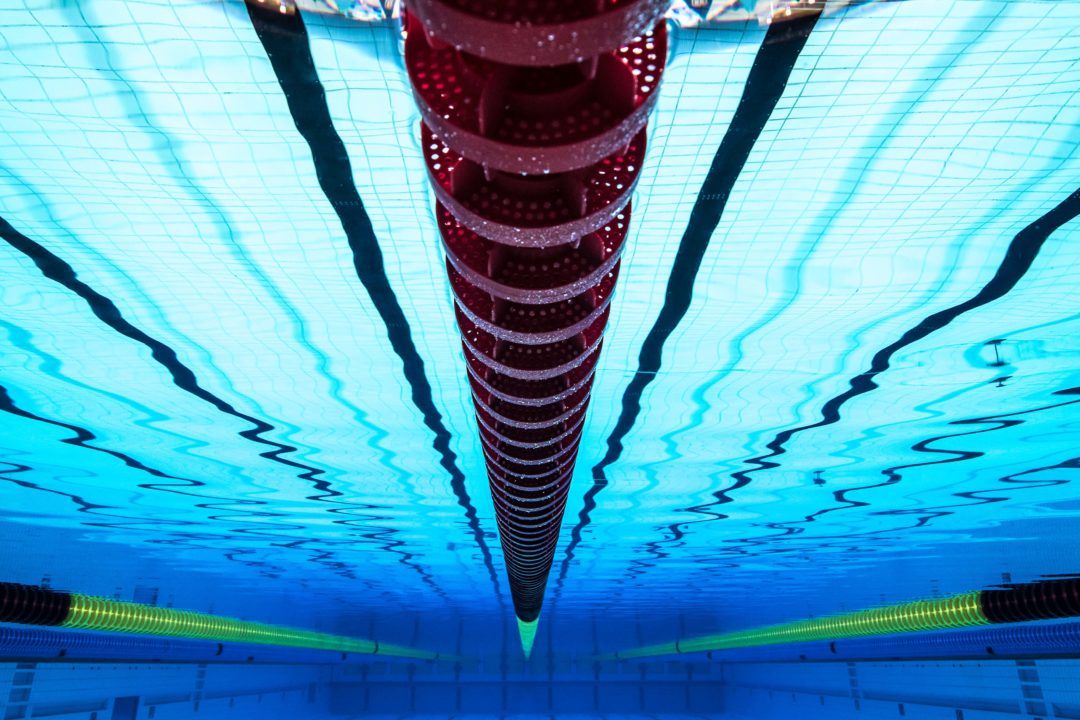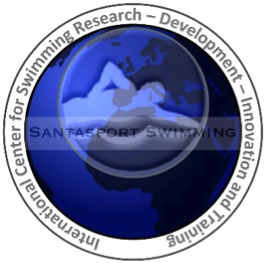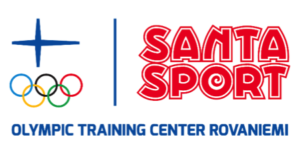Courtesy: Jukka Shemeikka, Head of Aquatics at the Olympic Training Center Rovaniemi, Finland.
As a part of its Research, Development and Innovation (RDI), the Olympic Training Center Rovaniemi is running a competitive swimming development program called ‘Modern Dryland Training’. This arose from the simple objective of creating better solutions for dryland training for swimmers and coaches globally. Along the way, the focus has shifted to a bigger picture of having synergy between dryland training and pool training.
In the Part I of the article the current state of swimming was reviewed as well as some changes needed to enable swimmers to practice and develop in a more sustainable environment. With current understanding it is not possible to explain the phenomena happening in the sport and this needs to change. It is common to rely on easy explanations such as talent and good work ethic or lack of motivation and bad genes. The reality may be that not all athletes have the same physical means to develop performance because there are barriers in their body, which can be caused by pelvic dysfunction. It is important to understand that improper muscle firing sequence can happen to an athlete at any point of the career. It might happen during childhood as a result of lack of exercise, or after puberty during which the body under goes a massive change, or it might happen later in adulthood e.g. with prolonged illness during which the body might fall to imbalance due to inactivity.
Understanding the current state of sport requires an examination of human evolution. It is built in our instinct to act on basis of economy. This means doing daily chores in a way that it saves as much as energy as possible. In swimming the goal is to perform relaxed, but this approach has a minor glimpse that does not work in favor of sports performance. The development of society has been accompanied by things that hinder the performance of athletes. One very common topic of conversation is the lack of daily exercise. As the knowledge of developing physical fitness has improved, the conditions for its exploitation have deteriorated. One thing that prevents us from perceiving the current situation is that some athletes are still able to develop to a higher level than anyone before. However, this group is a small minority of the athletes in the sport. Because of our way of life, It is very likely that a large proportion of people suffer from pelvic dysfunction and experience the implosion effect in daily movement. The concept of economics, into which people have evolved through evolution, differs from the economics needed to perform in sports. In sports performance, movement economy means balanced performance via good muscle firing sequence and use of myofascial continuum to create continuous and effortless movement. In particular, the failure to utilize myofascial continuum is one of the reasons that has prevented achieving faster swimming speeds. Although we recognize shortcomings in the performance of swimmers, it would be too difficult to resolve them by conventional means.
As existing problems are not identified with sufficient precision, this leads to the search for answers to the development of physical fitness, although the problem may not be in its development but in the utilization of existing capacity. One thing that makes us approach things this way is trends. There are often trends in sport, and the problem is that these trends capture all of the attention and the bigger picture is forgotten. Individual trends can be confusing and clearly, they don’t offer the complete answer. This has made it more effective to stick with the basics in coaching, rather than experiencing with new things. Being able to explain the phenomena surrounding sport, it is needed to examine these trends as a part of a bigger picture. Case example; Someone who is already strong, increasing strength is not as useful as utilizing existing strength. Similarly, in post-injury rehabilitation, reducing the workload with the correct muscle firing sequence is more important than increasing the load-bearing capacity of the injured body part.
Maximal oxygen uptake and heart rate
We have grown accustomed to track performance development with physical test and as a result thresholds and maximal oxygen uptake have been determined, which has been followed by either heart rate or swim speed monitoring during practice. Some have made this work and some have had their doubts about this approach. The issue has been the incomplete formula of performance. If the movement performance has not been assessed during the test and considered in the results, the training will focus on things that do not lead to better performance, rather to a better physical fitness. The results of such a test would lead to erroneous training decisions and reduce the benefits of training. From this perspective, it is necessary to consider the benefits of monitoring heart rate if heart rate alone do not indicate the level of performance of swim sets. As a result, training does not produce the most optimal result and development slows down, which leads us to believe that development in competitive swimming would require years of training. By expanding understanding on the equation of performance it is possible to assess the importance of the qualities needed for development in practice.
Here’s an illustration that explains this in theory. At the same time the athlete might have three different performance levels: the implosion, the explosion which both are known from physics and the elastic energy originating from myofascia. These three are explained as follows:
- Implosion: An athlete who has severe to moderate pelvic dysfunction
- Explosion: An athlete who has good hip functionality and muscle firing sequence
- Elastic energy: An athlete who has a good hip functionality and the use of myofascial continuum in continuous movement

Picture 1. Illustration of the theory where three different performance of an individual athlete is presented.
This theory and its illustration provide an explanation for why even faster swim speeds can be achieved. In order to be able to utilize elastic energy in long-axis strokes, it is a requirement to first understand coordination. This means observing coordination in between all four limbs. Coordination is about timing, but also about the balance of power generation between the limbs, which is necessary to reduce unwanted movement deviations that cause drag. Myofascial continuum and coordination have made us see that in order to study the long axis strokes, coordination must be studied as a whole, and this applies to all race distances.
Perspectives on long axis strokes
The previous theory presented supports the idea that the main function of kicking in long axis strokes is not to create propulsion, but to act as a part of a movement cycle which produces maximal propulsion and minimal drag while swimming. This explains why some swimmers can produce high swim speeds with minimal kicking.
A strong kick can be developed by focusing on mechanics. This is why kick sets with fast speed can be more beneficial than just doing a lot of easy kicking. Even more meaningful is monitoring distance per kick which determines the quality of kicking. If you have a swimmer who has trouble developing his kick, take a look at the mechanics instead of trying to do more kicking, because ultimately kicking is about the hip functionality.
The equation of speed is distance per stroke x frequency. This equation offers us tools to use in training such as the stroke count and frequency which are currently the means to measure movement performance. However, these metrics aren’t informative enough if the goal is to achieve even faster swimming speeds. The answer we are looking for by means of measurement is not “what happened” but “why something happened” in order to immediately influence important characteristics in swimming.
Over the years, there have been assumptions about freestyle and backstroke that are considered to be true. Sculling which is used to create feel for the water, also called proprioception which reflects from the hips. Injury by the use of equipment, which is mostly as a result of poor muscle firing sequence. The amount of shoulder rotation, which needs a deeper understanding than what is being said about it in the debates today.
Where do we go from here?
Exploring whole-body coordination took us into a rabbit hole where the previous perceptions of performance development have been questioned. We will need additional studies on coordination from both learn to swim and competitive swimming field, which will eventually lead to examination of new theories. This year we will continue phase two study of the front crawl and start the phase one study on backstroke coordination. On the side our work on breaststroke and butterfly will continue, but not yet as an official study. The work we do transcends boundaries which is why we can already use the results in the development of short axis strokes as well. Once we have completed our work on coordination, there is still someone who will rank first, second, third and so on. Our job is not to change that, but to help athletes, young and old, understand what their best performance can be, and ultimately what man is capable of at best.
Olympic Training Center Rovaniemi is one of the six Olympic Training Center’s in Finland. Together with a diverse network of Universities, sports federations and associations, research institutes and other experts, we are able to offer a wide level of education in multiple fields of sports and well-being as well as in different sports.
Santasport Swimming is a growing International Research, Development and Innovation program for swimming. Today we do research on both learn to swim and high- performance swimming using our previous experience. Through our research work, we are hoping to offer new insights on swimming development.



You just lost the game
Um what the take away supposed to be here?
Two things, at least: 1) There’s more going on with fast swimming than current technique and training procedures can explain, and 2) the ‘quality of movement’ idea is a better way to describe athleticism. Athleticism has always been a mostly undefined ‘quality’ we assign to good athletes. The phrase ‘quality of movement’ refines it a bit more and may point coaches in the right direction as to its source. This is my read of the article. I like the phrase ‘quality of movement’ and think it can be tied to athleticism but I do not know if the author would agree.